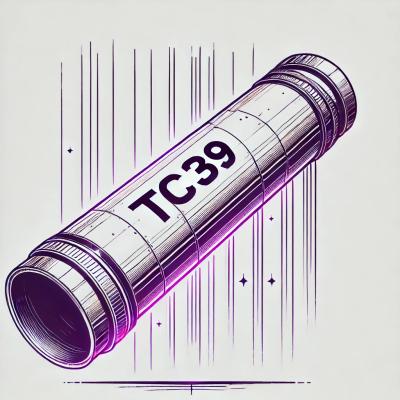
Security News
NVD Quietly Sweeps 100K+ CVEs Into a “Deferred” Black Hole
NVD now marks all pre-2018 CVEs as "Deferred," signaling it will no longer enrich older vulnerabilities, further eroding trust in its data.
react-shadow
Advanced tools

Utilise Shadow DOM in React with all the benefits of style encapsulation.


npm i react-shadow --save
By using ReactShadow you have all the benefits of Shadow DOM in React.
import ShadowDOM from 'react-shadow';
export default props => {
return (
<ShadowDOM include={['css/core/calendar.css', props.theme]}>
<h1>Calendar for {props.date}</h1>
</ShadowDOM>
);
}
In the above example the h1 element will become the host element with a shadow boundary — and the two defined CSS documents will be fetched and appended.
As the CSS documents are being fetched over the network, the host element will have a className of resolving for you to avoid the dreaded FOIC. Once all of the documents have been attached the className will change to resolved.
Where components share documents, only one instance will be fetched due to memoize of the fetchInclude function.
Instead of defining external CSS documents to fetch, you could choose to add all of the component's styles to the component itself by simply embedding a style node in your component. Naturally all styles added this way will be encapsulated within the shadow boundary.
export default props => {
const styles = `:host { background-color: ${props.theme} }`;
return (
<ShadowDOM>
<div>
<h1>Calendar for {props.date}</h1>
<style type="text/css">{styles}</style>
</div>
</ShadowDOM>
);
}
It's worth noting that if you combine this approach with the loading of external CSS documents, you will have 2 style (or more) nodes in your component.
FAQs
Utilise Shadow DOM in React with all the benefits of style encapsulation.
The npm package react-shadow receives a total of 82,932 weekly downloads. As such, react-shadow popularity was classified as popular.
We found that react-shadow demonstrated a healthy version release cadence and project activity because the last version was released less than a year ago. It has 1 open source maintainer collaborating on the project.
Did you know?

Socket for GitHub automatically highlights issues in each pull request and monitors the health of all your open source dependencies. Discover the contents of your packages and block harmful activity before you install or update your dependencies.

Security News
NVD now marks all pre-2018 CVEs as "Deferred," signaling it will no longer enrich older vulnerabilities, further eroding trust in its data.

Research
Security News
Lazarus-linked threat actors expand their npm malware campaign with new RAT loaders, hex obfuscation, and over 5,600 downloads across 11 packages.

Security News
Safari 18.4 adds support for Iterator Helpers and two other TC39 JavaScript features, bringing full cross-browser coverage to key parts of the ECMAScript spec.